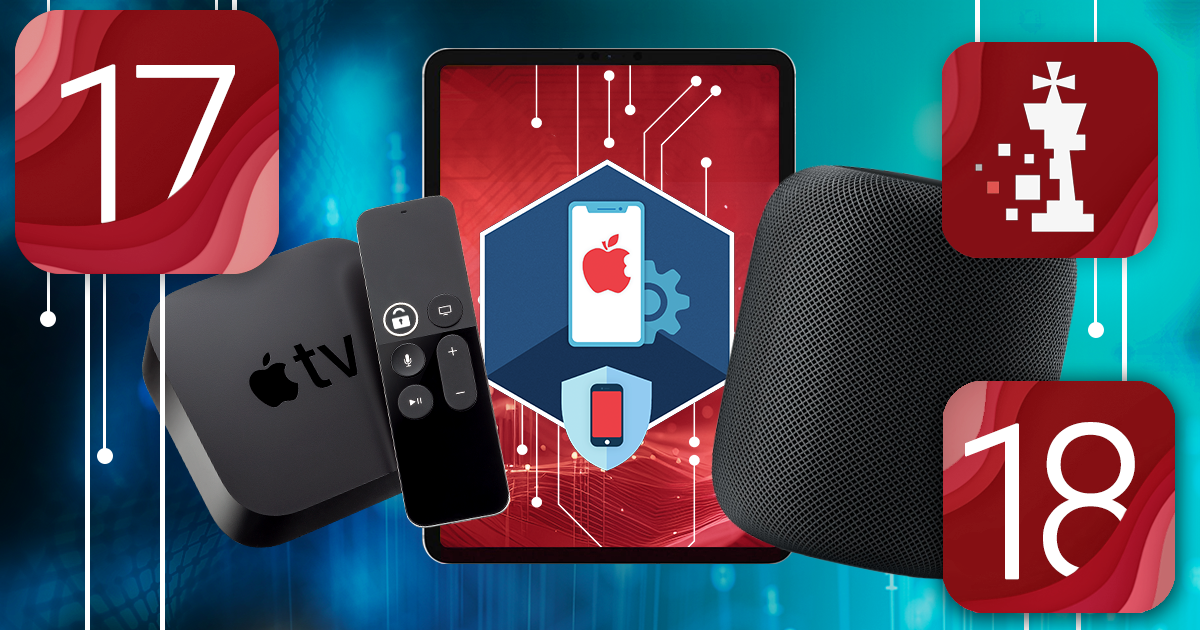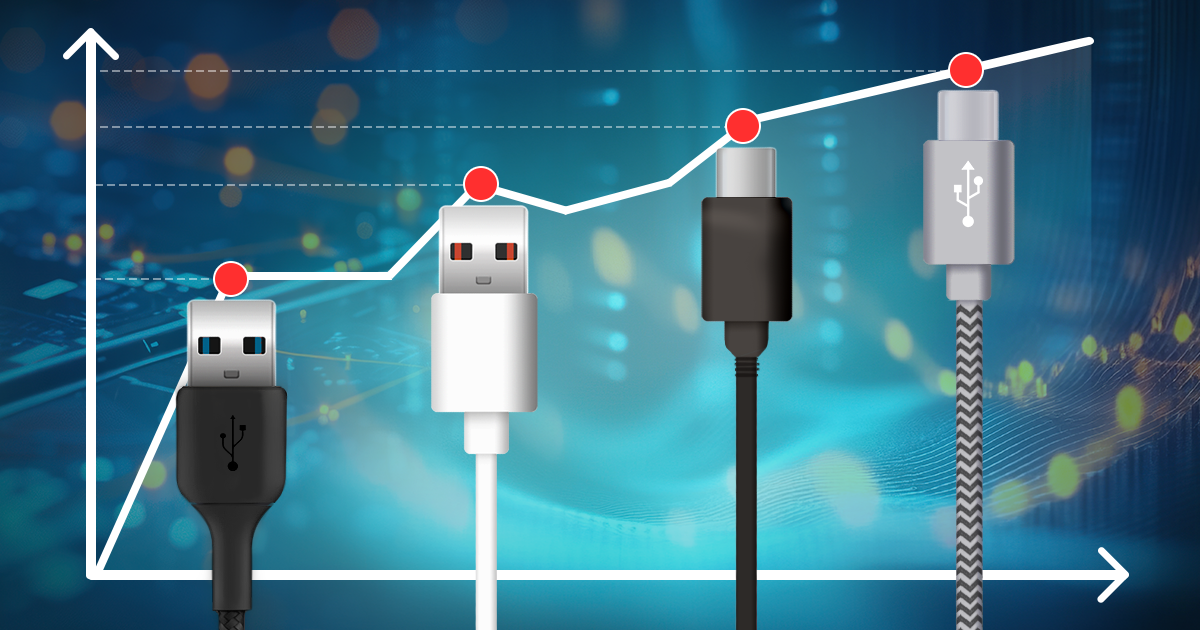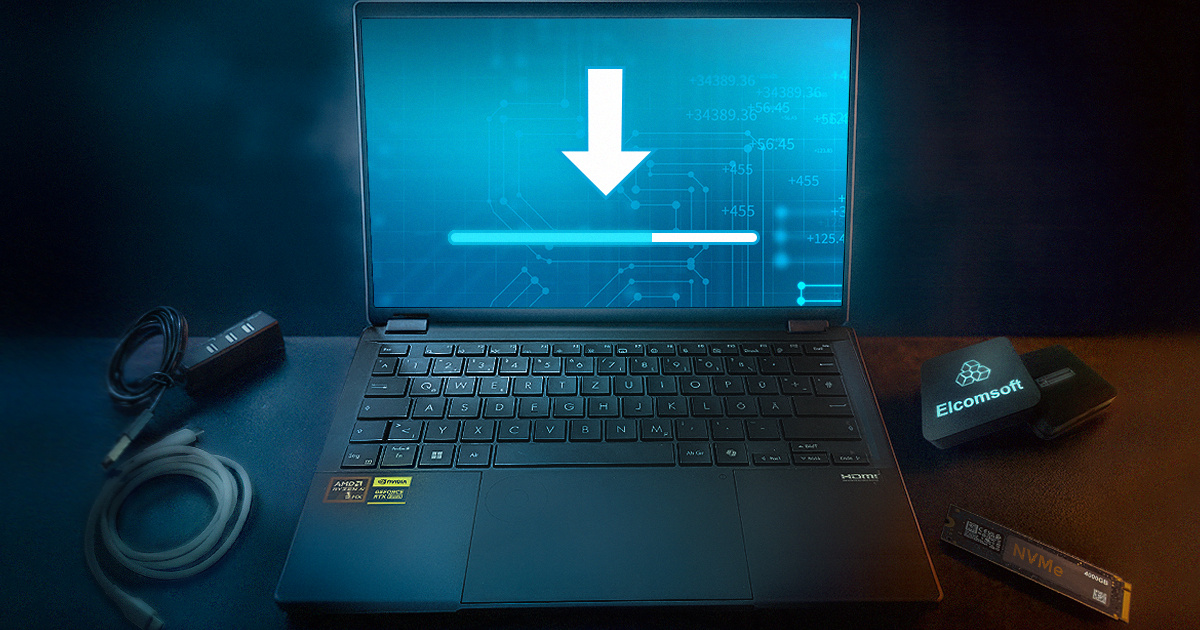For us, this year has been extremely replete with all sorts of developments in desktop, mobile and cloud forensics. We are proud with our achievements and want to share with you. Let’s have a quick look at what we’ve achieved in the year 2019.
The past two years introduced a number of challenges forensic experts have never faced before. In 2018, Apple made it more difficult for the police to safely transport a seized iPhone to the lab by locking the USB port with USB restricted mode, making data preservation a challenge. The release of the A12 platform, also in 2018, made it difficult to unlock iOS devices protected with an unknown password, while this year’s release of iOS 13 rendered unlock boxes useless on iPhones based on the two most recent platforms.
Home users and small offices are served by two major manufacturers of network attached storage devices (NAS): QNAP and Synology, with Western Digital being a distant third. All Qnap and Synology network attached storage models are advertised with support for hardware-accelerated AES encryption. Encrypted NAS devices can be a real roadblock on the way of forensic investigations. In this article, we’ll review the common encryption scenarios used in home and small office models of network attached storage devices made by Synology. (more…)
What can and what cannot be done with an iOS device using Touch ID/Face ID authentication as opposed to knowing the passcode? The differences are huge. For the sake of simplicity, we’ll only cover iOS 12 and 13. If you just want a quick summary, scroll down to the end of the article for a table.
If you are working in the area of digital forensics, you might have wondered about one particular thing in the marketing of many forensic solutions. While most manufacturers are claiming that their tools are easy to use and to learn, those very same manufacturers offer training courses with prices often exceeding the cost of the actual tools. Are these trainings necessary at all if the tools are as easy to use as the marketing claims?
Full-disk encryption presents an immediate challenge to forensic experts. When acquiring computers with encrypted system volumes, the investigation cannot go forward without breaking the encryption first. Traditionally, experts would remove the hard drive(s), make disk images and work from there. We are offering a faster and easier way to access information required to break full-disk system encryption by booting from a flash drive and obtaining encryption metadata required to brute-force the original plain-text passwords to encrypted volumes. For non-system volumes, experts can quickly pull the system’s hibernation file to extract on-the-fly encryption keys later on with Elcomsoft Forensic Disk Decryptor.
There has been a lot of noise regarding GrayKey news recently. GrayKey is an excellent appliance for iOS data extraction, and yes, it can help access more evidence. As always, the devil is in the detail.

In our previous article Why SSDs Die a Sudden Death (and How to Deal with It) we talked about SSD endurance and how it’s not the only thing affecting real life reliability. In that article, we assumed that manufacturers’ specifications of certain SSD models remain similar for a given SSD model. In fact, this is not the case. Quite a few manufacturers play tricks with consumers, releasing a certain SSD model with top notch specifications only to downgrade them at some point during the production cycle (but certainly after receiving its share of glowing reviews). While some OEMs do note the change at least in the revision number, the rest will just quote the small print allowing them to “change specifications at any time without prior notice”. We’ve seen well known SSD manufacturers switching from reliable MLC NAND to planar TLC trash within the same model (and zero notice to potential buyers). How can you tell which NAND configuration your particular SSD drive employs and whether or not it lives up to your expectations? Read along to find out.
Many thanks to Roman Morozov, ACELab technical support specialist, for sharing his extensive knowledge and expertise and for all the time he spent ditching bugs in this article.
WhatsApp remains one of the most popular instant messengers. With more than 1.5 billion users and about half billion daily active users, WhatsApp sends over 100 billion messages per day. WhatsApp is secure thanks to end-to-end encryption to make intercepted messages impossible to decrypt. While this is great news to consumers and privacy advocates, it is also bad news for the law enforcement. Once an expert accepts to access the suspect’s WhatsApp communication history, they will struggle with the encryption and demand for a vendor-provided backdoor (WhatsApp: The Bad Guys’ Secret Weapon).


